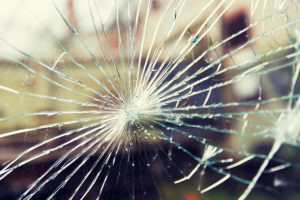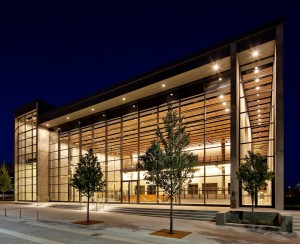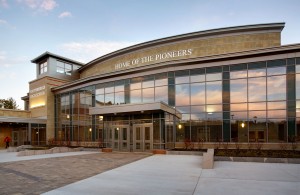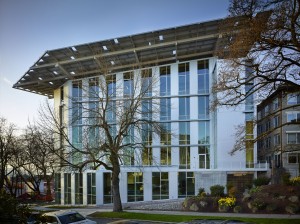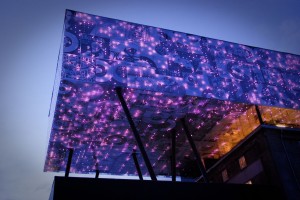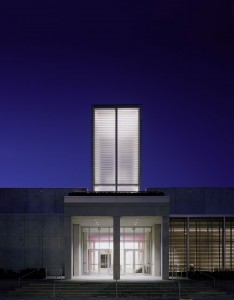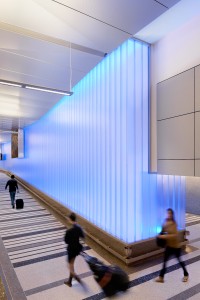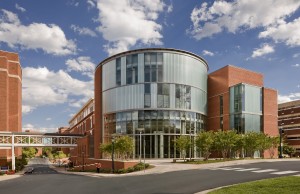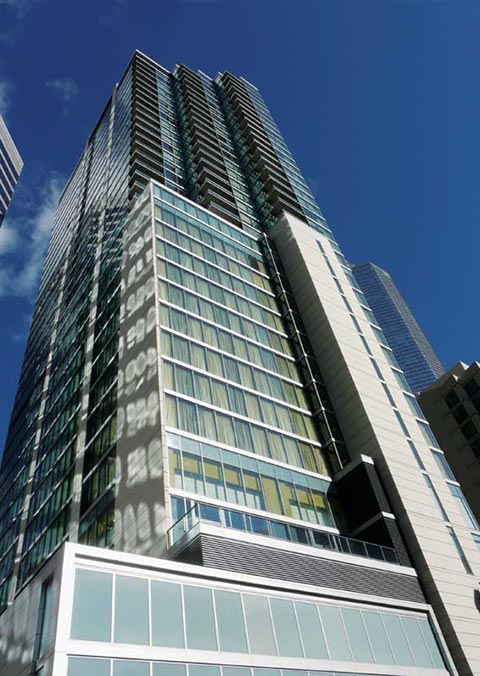Cracking was observed in the exterior curtain wall glass on an early-1970s mid-rise building in the Midwest. As originally constructed, the curtain wall included single-glazed 5.5-mm (7/32-in.) thick bronze-tinted glass at all floors—except the uppermost level, which featured single-glazed 9.5-mm (3/8-in.) thick clear polished plate glass.
+ Read More
|
In 2013, the American Society of Heating, Refrigerating, and Air-conditioning Engineers (ASHRAE) proposed an addendum to ASHRAE 189.1, Standard for the Design of High-performance Green Buildings.
+ Read More
|
Using a roll-forming technique in which continuous steel coils are forced through dies and then laser-welded, manufacturers can produce steel window frame members in long lengths and various complex shapes.
+ Read More
|
The glass itself usually dominates conversations to improve the energy efficiency of curtain wall and window framing systems. Nevertheless, the curtain wall and window framing plays a crucial role in energy-efficient glazing in at least three ways.
+ Read More
|
Energy efficiency is becoming an ever-increasing goal, but it can be difficult with fenestration due to a need to balance performance requirements while remaining economically viable and minimally impacting the environment.
+ Read More
|
Digital printing on glass is a relatively new way for architects and designers to add high-resolution multi-color design elements to building exteriors and interiors. It uses specialized software to create electronic files the digital printer can use to deposit ceramic ink onto the glass surface through a print head.
+ Read More
|
Grafted onto the 19th-century brick remains of Georgia’s Savannah College of Art and Design (SCAD), Museum of Art is a 26-m (86-ft) tall, semi-transparent channel glass tower, the first application to use hurricane-rated channel glass in a horizontal, dual-glazed configuration without additional support.
+ Read More
|
Building and design teams can use channel glass systems to create visual statements. Some popular methods for heightening interest include altering the surface treatment, varying the channels’ orientation, and adding backlights.
+ Read More
|
U-shaped, linear cast-glass channels can provide design teams with a distinctive architectural feature while contributing to high-performance building design. This article presents considerations for design teams working to specify channel glass applications suitable for projects with multiple performance needs.
+ Read More
|
Since glazing is the most advanced and expensive part of many façades, it warrants a good design that goes more than skin-deep.
+ Read More
|
|
|


